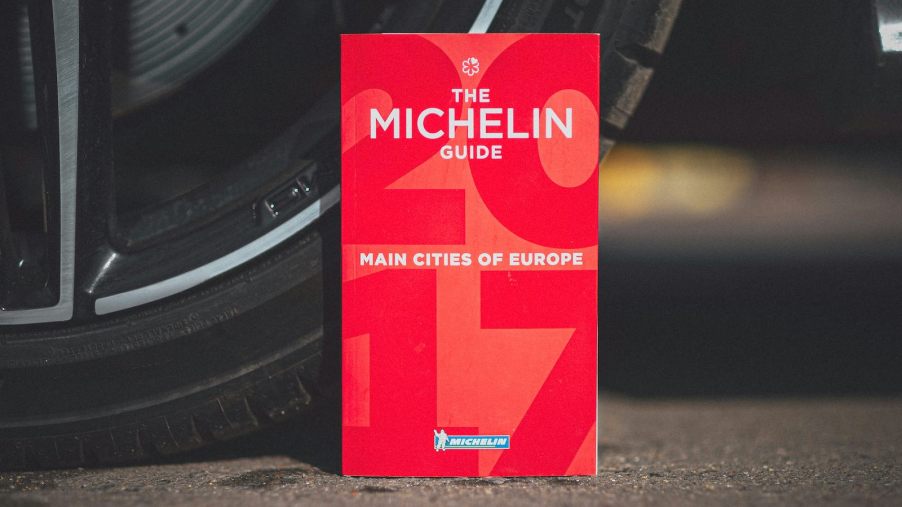
‘Michelin Star’ Restaurant Reviews Started 100 Years Ago…To Sell More Tires?
Founded by the Michelin brothers in 1889, Michelin is still the second-largest tire manufacturer in the world. I’d already heard of the famed “Michelin Guide” that awarded the coveted “Michelin Stars” to high end restaurants. But I was today years old when I learned these aren’t two separate companies. The guide was a ploy by Michelin’s early marketing team to get folks to drive more.
If you’re coming to this article from a restaurant background, you might not know that Michelin is one of the most successful and innovative tire companies in the world. The brothers’ first innovation was a removable, pneumatic tire that didn’t need to be glued to the rim. The company’s later innovations include the first “run flat” in 1934 and the modern “radial” tire in 1946.
When Caterpillar pioneered its massive 797 dump truck for mining, it needed a tire that could haul 363 tons. So it turned to Michelin. When Bugatti built a special Chiron to break the 300 MPH record, Michelin invented a new street legal tire with carbon fiber belts that could handle those incredible speeds.

Before Michelin’s modern success, brothers Edouard and Andre Michelin had invented removable pneumatic tires but had no market–because there were less than 3,000 cars in France. They already had a successful farm implement business, so they had money to finance the tire company. In 1900 they decided to use this “marketing” money to offer something to early adopters of the automobile. The “Guide Michelin” was a series of travel books that became the bibles for early road trips.
The books listed high end attractions, places to stay, and restaurants. But they also focused on repair shops and fueling stations. They covered places you might not be able to travel by train. And while they were technically for drivers, the brothers gave them away for free. I am sure many early readers didn’t have a car, but read the books and dreamed of roadtripping some day. It didn’t hurt that they included guides to exotic places such as Algeria, Tunisia, the Alps, and greater North Africa–in addition to most of Europe.
The brothers actually hired reviewers to visit restaurants undercover and report back with a rating. In 1926, they began marking the best restaurants with a star. In 1931, they expanded to 1-3 stars to rate restaurants. The ratings were very much for motorists. Here’s the 1936 explanation of the ratings:
| Rating | Criteria |
|---|---|
| One Star | A very good restaurant in its category |
| Two Stars | Excellent cooking, worth a detour |
| Three Stars | Exceptional cuisine, worth a special journey |
The brothers offered these guidebooks for free for 20 years. When they finally began to charge, they were likely still losing money and using the books as a form of marketing. They poured funding into the project, hiring even more reviewers and illustrators. The guide books featured such excellent maps, that Allied troops actually carried them during WWII.
So why are the Michelin Guide stars still one of the most prestigious awards a restaurant can earn? From the beginning, the guidebooks focused on the most expensive and exclusive restaurants. This makes sense because cars were expensive and marketed as a luxury for the wealthy. In addition, Michelin had one of the first restaurant rankings, and has continued uninterrupted for a century.
Yes, it’s odd that walking into a swanky restaurant and being greeted by the logo of a tire company at the door. It’s not especially appetizing after all. But there’s an intriguing history behind this tradition, and it makes a great story for your dining companions.
Learn more about the history of the Michelin Stars ratings in the video below:



